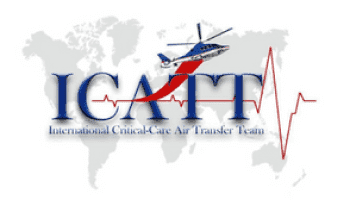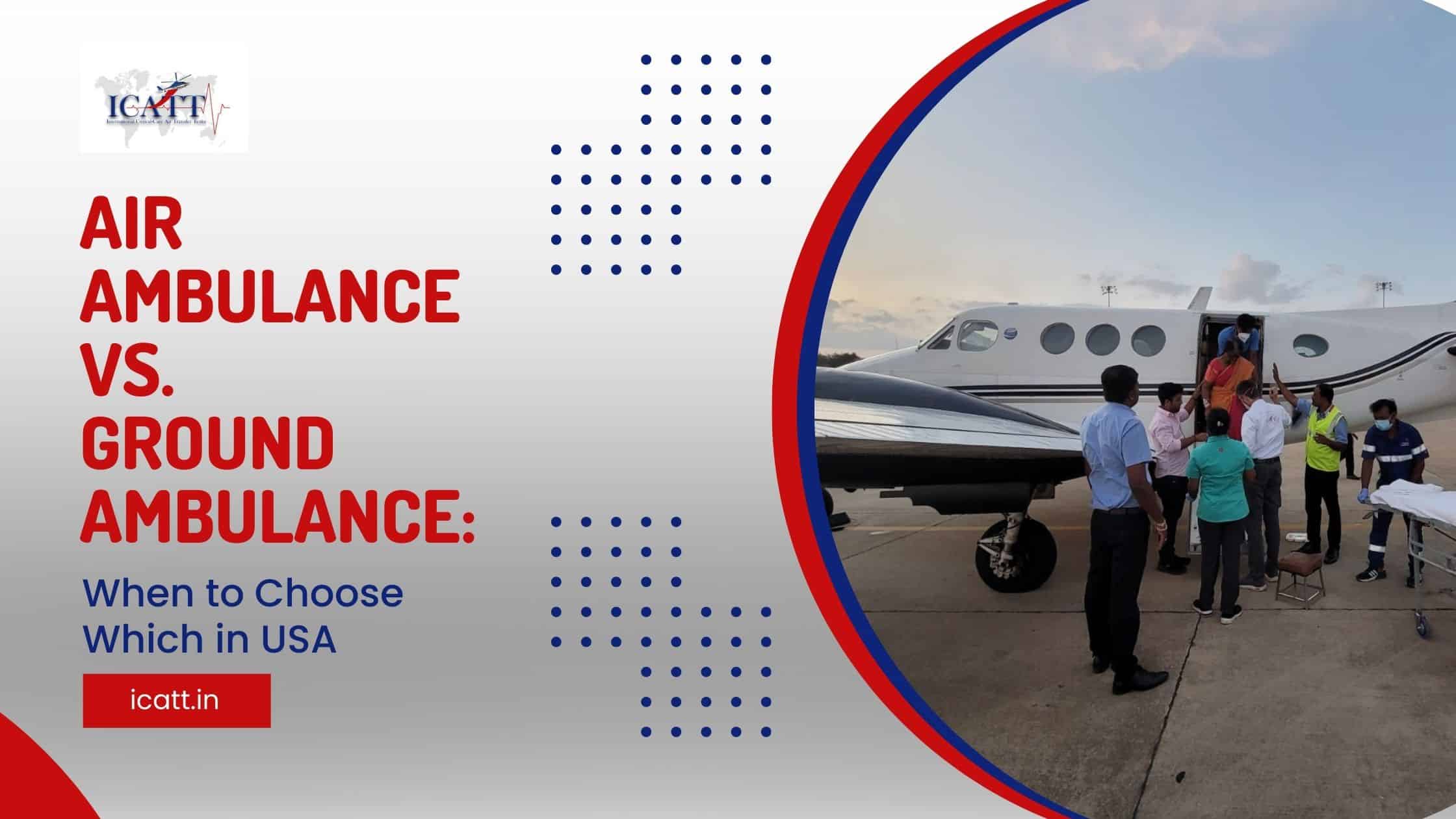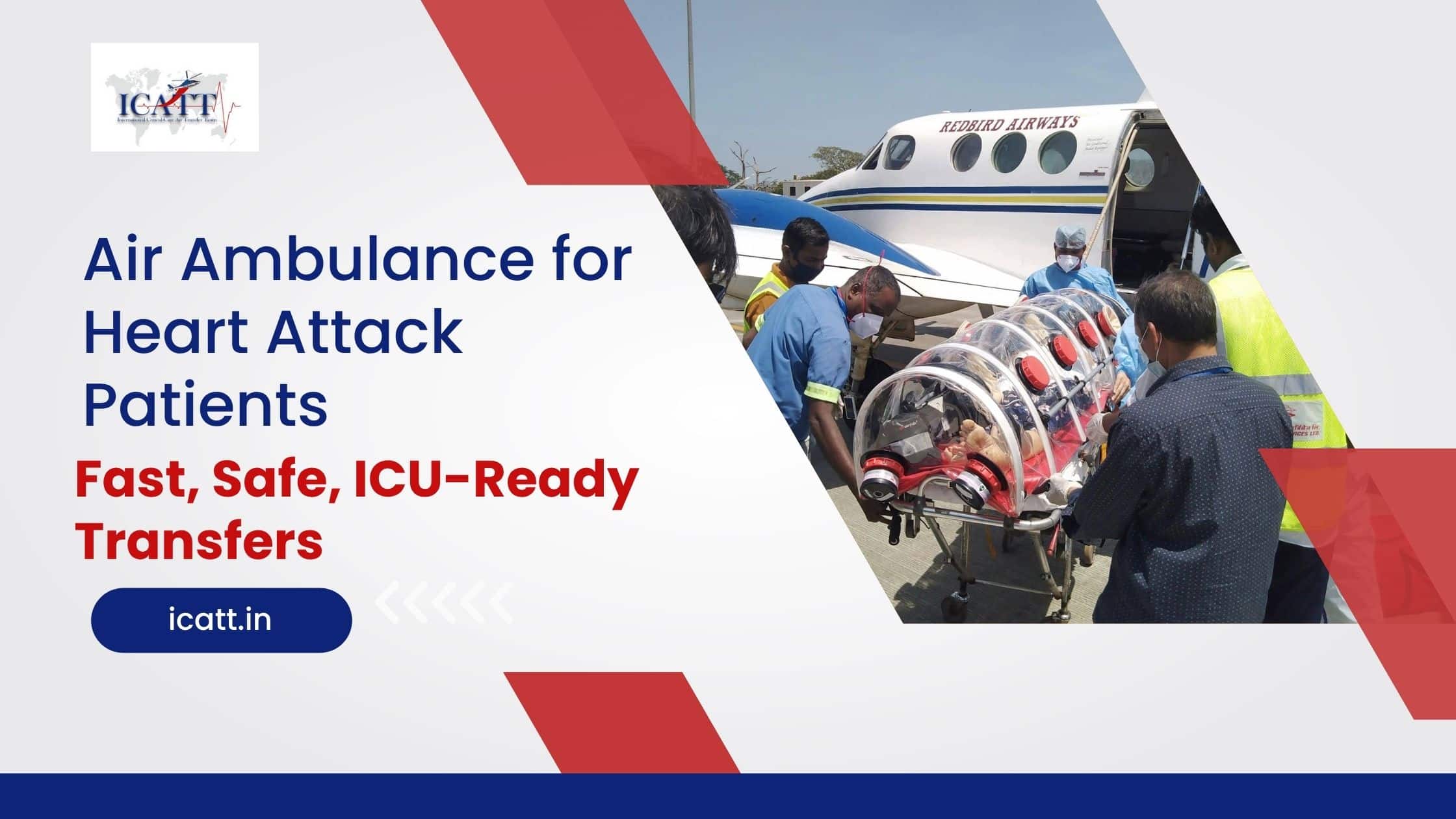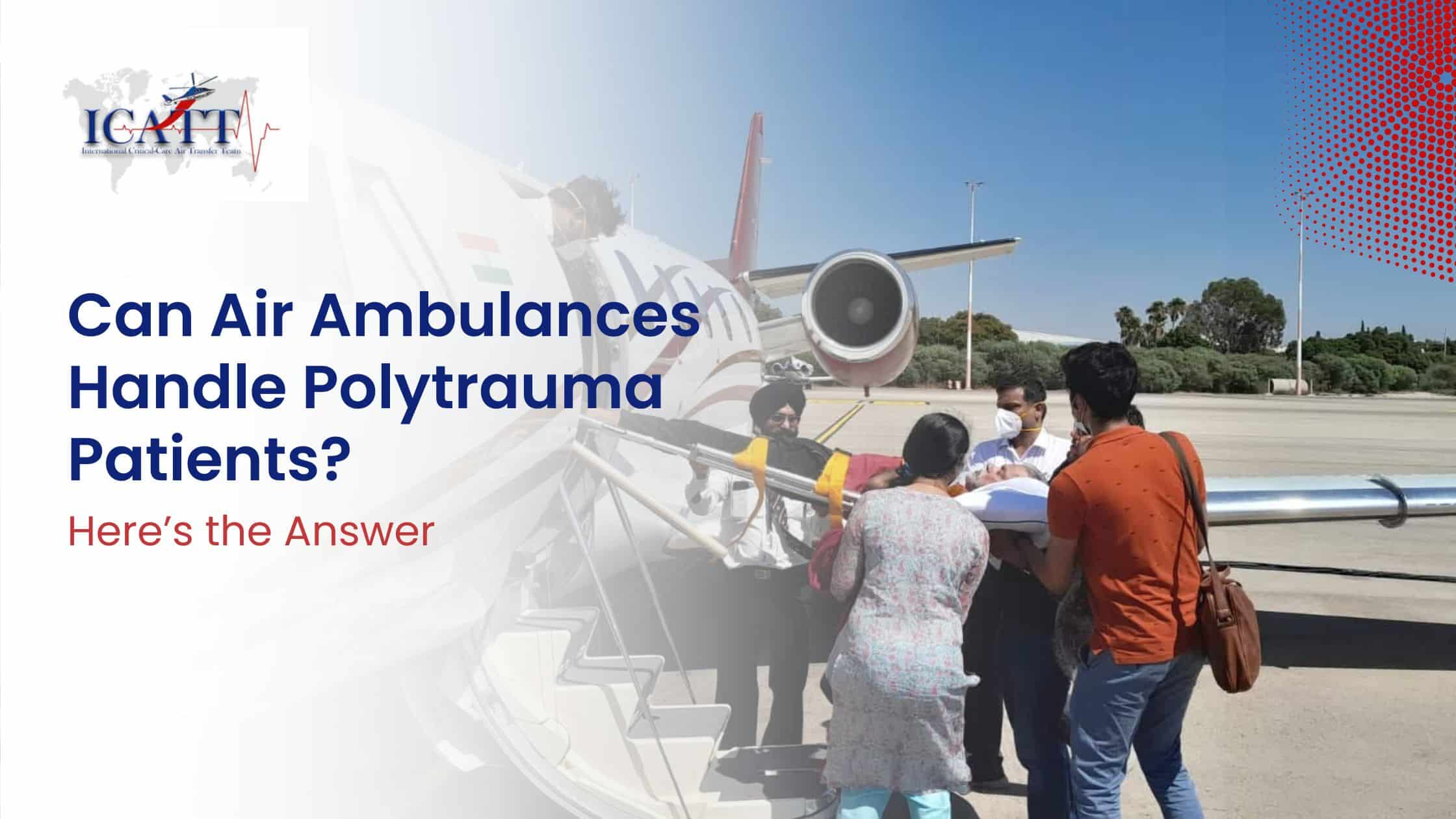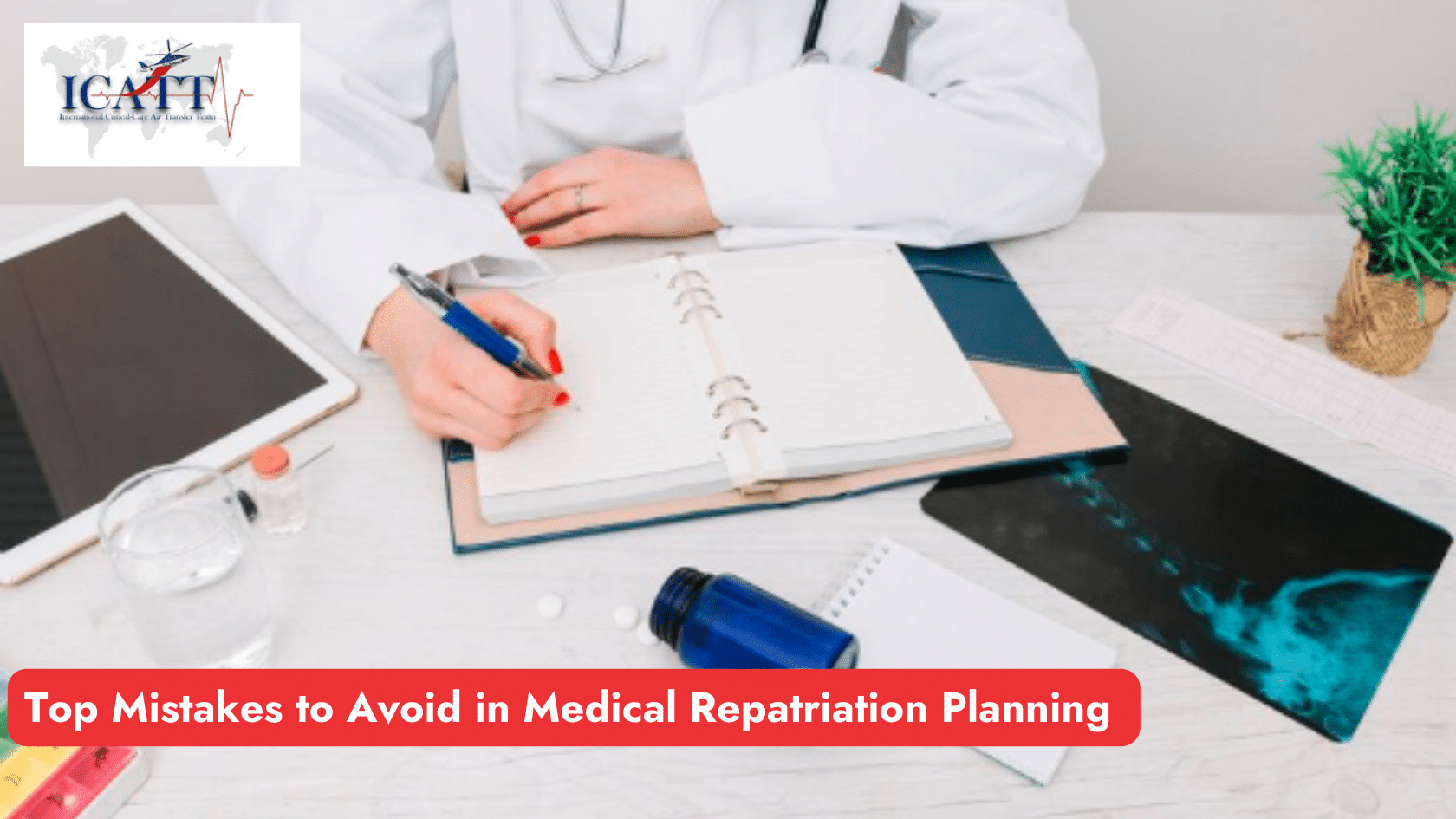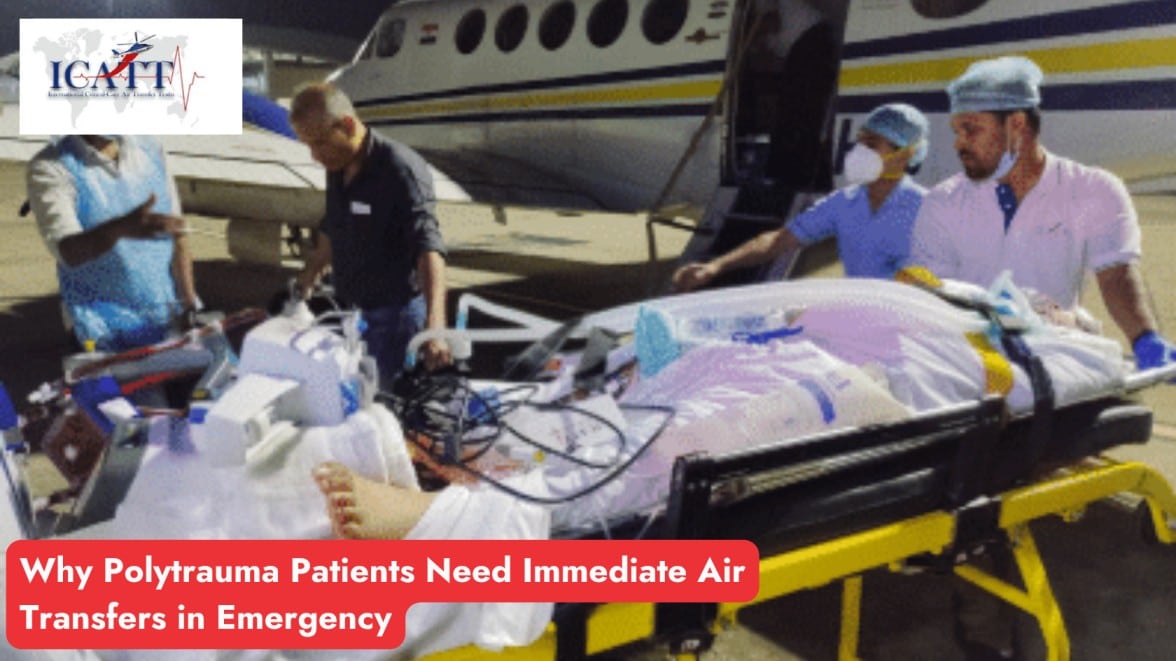In critical medical emergencies, the journey from the incident site to definitive care is a race against time. Seamless coordination between air ambulance services and hospital facilities is paramount to ensure patients receive timely, specialized treatment. This intricate process involves highly trained medical professionals, state-of-the-art equipment, and meticulous planning. One organization exemplifying excellence in this domain is ICATT (International Critical Care Air Transfer Team), which has redefined standards in medical evacuation and patient transfer.
The Critical Role of Air Ambulance Services
Air ambulance services are indispensable in modern healthcare, especially when rapid transportation is essential. They bridge the gap between remote locations and advanced medical facilities, ensuring patients receive critical care without delay. The effectiveness of these services hinges on several factors:
- Highly Trained Medical Personnel: The success of air medical missions depends largely on the expertise of the medical team. ICATT’s team comprises professionals trained in Fellowship in Aero-Medical Sciences (FAM), equipping them with the skills to handle complex medical situations during flight. These FAM-trained doctors are proficient in providing critical care in the unique environment of an aircraft, where space is limited, and conditions can be challenging.
- Advanced Medical Equipment: Equipping aircraft with cutting-edge medical technology is vital. ICATT’s fleet includes equipment for Extracorporeal Membrane Oxygenation (ECMO), a life-saving technique for patients with severe cardiac and respiratory failure. The availability of ECMO on board allows for the continuation of complex therapies during transport, significantly improving patient outcomes.
- Seamless Coordination with Hospitals: Effective communication and coordination between the air ambulance team and hospital staff ensure that patients receive uninterrupted care. This involves pre-flight planning, real-time updates during transport, and post-landing handovers, creating a continuum of care from the aircraft to the hospital bed.
Seamless Medical Coordination: The ICATT Approach
ICATT’s model of seamless medical coordination involves a comprehensive approach that integrates all aspects of patient transport:
- Pre-Flight Planning: Assessing the patient’s condition, determining the necessity of specialized equipment like ECMO, and coordinating with the receiving hospital to prepare for the patient’s arrival.
- In-Flight Care: Providing continuous monitoring and treatment by FAM-trained doctors, ensuring that the patient’s condition remains stable throughout the journey.
- Post-Flight Handover: Delivering a detailed report to the hospital’s medical team, facilitating a smooth transition and immediate continuation of care.
This meticulous process minimizes risks and enhances patient outcomes, embodying ICATT’s commitment to excellence in medical transport.
Case Studies: Lives Saved Through Expert Coordination
The impact of ICATT’s services is best illustrated through real-life scenarios:
- Case Study 1: A young patient suffering from severe respiratory failure was stranded in a region without access to ECMO therapy. ICATT deployed an air ambulance equipped with ECMO and a FAM-trained medical team. The patient was stabilized on ECMO during flight and transported to a specialized center, leading to a full recovery.
- Case Study 2: An individual experienced a cardiac arrest in a remote area. Traditional transport methods were insufficient due to the patient’s critical condition. ICATT’s air ambulance facilitated rapid transport while providing advanced cardiac life support, including ECMO. The seamless coordination ensured the patient received timely surgical intervention, resulting in a positive outcome.
The Future of Air Medical Services
As medical technology advances, the scope of air ambulance services continues to expand. ICATT remains at the forefront of this evolution, embracing innovations such as:
- Telemedicine Integration: Utilizing real-time communication tools to consult with specialists mid-flight, ensuring informed decision-making.
- AI-Driven Predictive Analytics: Implementing artificial intelligence to anticipate and mitigate potential complications during transport.
- Expansion of ECMO Capabilities: Enhancing ECMO transport protocols to support a wider range of critically ill patients.
- Enhanced Training Programs: Continuously updating medical training to equip professionals with the latest advancements in aero-medical care.
Conclusion
The journey from aircraft to hospital bed is more than just a transfer—it is a meticulously coordinated mission that can mean the difference between life and death. ICATT’s expertise in air ambulance services, FAM-trained doctors, ECMO transport, and seamless medical coordination ensures that critically ill patients receive the highest level of care, no matter where they are.
Through its unwavering commitment to excellence, ICATT continues to set new benchmarks in emergency medical transportation, making life-saving interventions possible even in the most challenging situations. When every second counts, ICATT stands as a trusted partner in delivering world-class critical care—anytime, anywhere.
